How to prevent and treat the most common bug bites and snakebites in the Midwest
Mosquito | Bee/Wasp | Flea | Tick
Snakes | Timber Rattlesnake | Massasauga Rattlesnake
Summer in the Midwest means a lot of things – sunshine, warm weather, and time out on the lakes and rivers. But it’s also when bugs and occasional snakes make their way back out into the habitat.
Exposure to certain species of both can cause some unpleasant experiences during the summer months, so it’s important to know how to prevent negative encounters and how to treat any bites that occur. Here’s some background on the most common bug bites and snakebites in the Midwest and how to treat them.
Mosquito bites
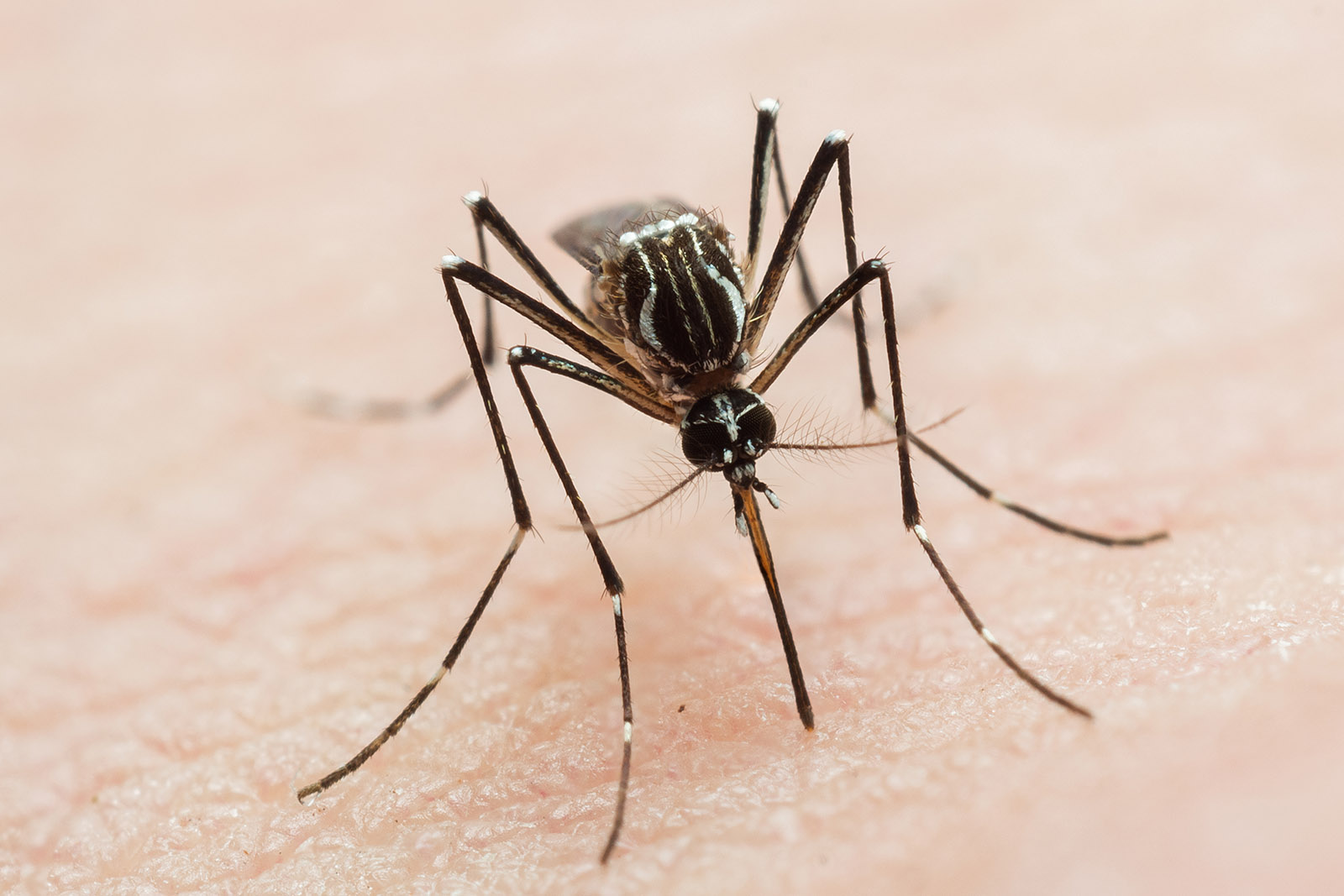
If you’ve lived in the Midwest for even a summer, odds are you know and despise mosquitoes. They’ve ruined many pleasant evenings outdoors with their buzzing and biting and are something we’ve had to learn to live with.
Mosquito bite symptoms
Mosquito bites take the form of itchy bumps that appear quickly and usually clear up on their own after a few days – but for those few days, the itching can be quite a pain.
Children or adults bitten by a type of mosquito they’ve never come in contact with before may experience more severe symptoms, such as:
- Increased swelling
- Low-grade fever
- Hives
Some mosquitoes also carry certain viruses or parasites that can escalate past simple itching to cause severe illnesses like West Nile Virus. In this case, the mosquito obtains the virus by biting an infected person or animal and then transferring the virus to you.
Mosquito bite prevention
Prevention methods include insect repellants that contain:
- DEET
- The current AAP and CDC recommendation for children older than 2 months of age is to use 10% to 30% DEET. DEET should not be used on children younger than 2 months of age.
- The effectiveness is similar for 10% to 30% DEET but the duration of effect varies. Ten percent DEET provides protection for about 2 hours, and 30% protects for about 5 hours. Choose the lowest concentration that will provide the required length of protection.
- The concentration of DEET varies significantly from product to product, so read the label of any product you purchase. Children should wash off repellents when they return indoors.
- Icaridin
- Or oil of lemon eucalyptus
If you get bitten by a mosquito and symptoms occur beyond manageable swelling or itching, you should see a doctor.
Bee and wasp stings
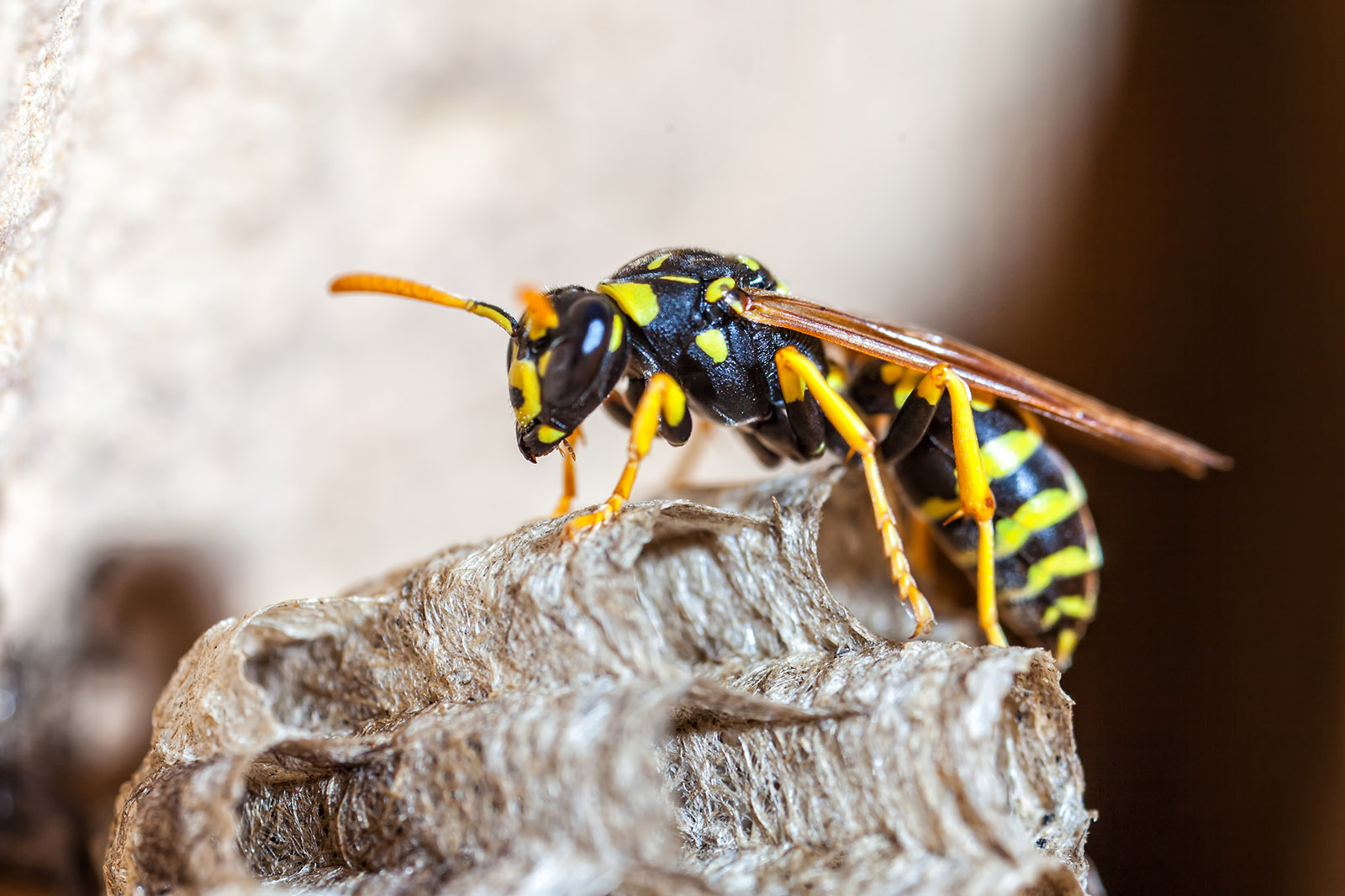
Stings from bees and wasps are common in the Midwest in the summertime, and can take on varying levels of severity. At the very least, you’ll experience a sharp pain and perhaps a burning sensation at the sting site for a few seconds. If you’re allergic, the reaction will be a bit more severe but is in most cases treatable with proper medication.
Bee or wasp sting treatment
If you have been stung by a bee or wasp:
- Remove the stinger – Swiping a credit card across the sting site can ensure you remove the entirety of the stinger, especially those buried deep
- Apply ice for 20 minutes once every hour
- Use an antihistamine like Benadryl to reduce itching and swelling
- Wash the sting site with soap and water
Bee or wasp sting prevention
The best way to prevent stings is to apply insect repellant or to refrain from aggravating bees and wasps. They often won’t attempt to sting you if they aren’t provoked.
Fleabites
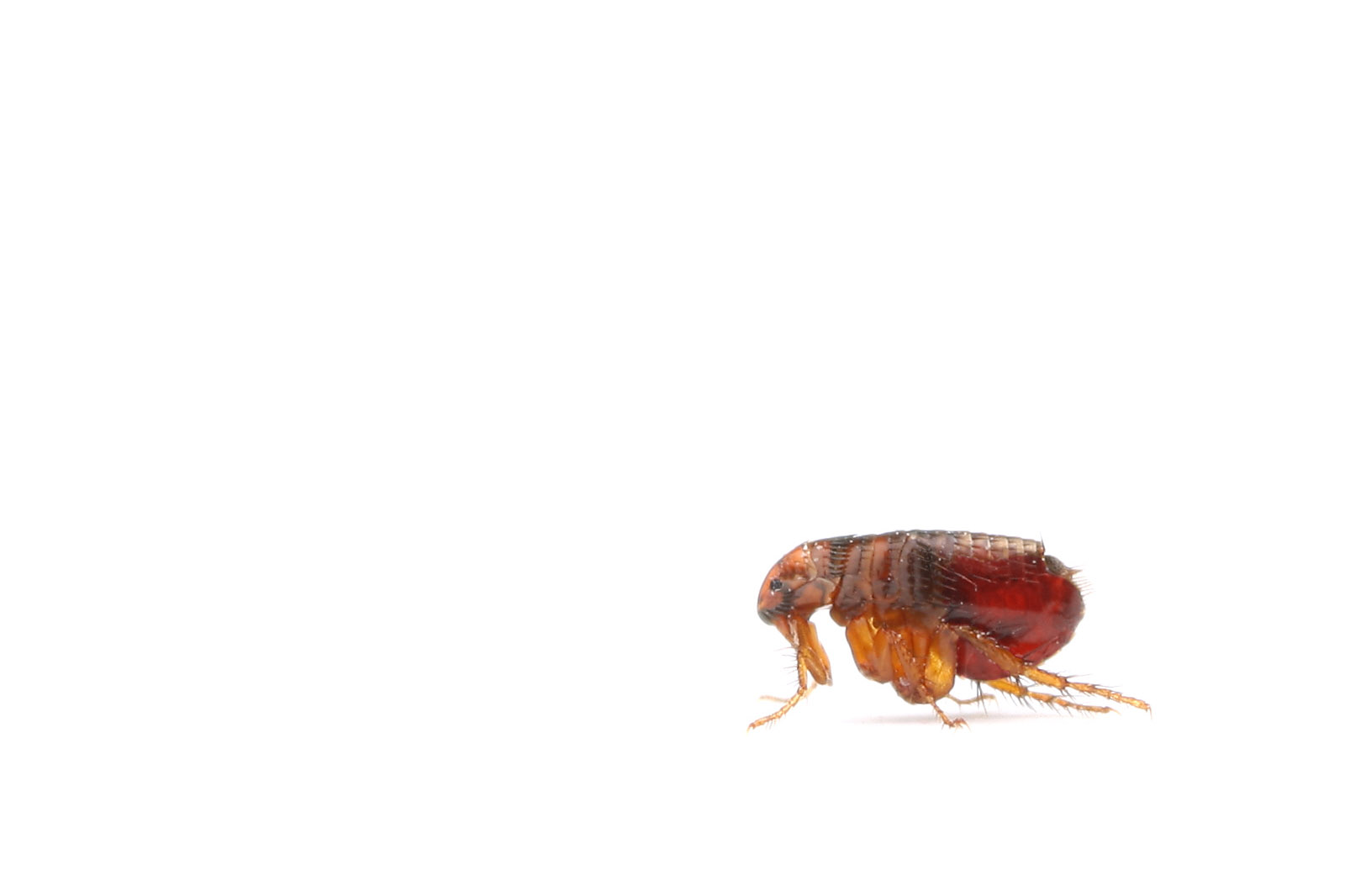
Fleas are usually seen as an animal’s pest, and while owning a pet does increase the risk, fleas can certainly feed on non-pet owners, as well.
Where do fleas live?
Fleas can live in your fabrics or carpet and reproduce quickly. They don’t fly but can jump great distances relative to their size, which is why you’ll often see bites appear around your ankles and shins.
Fleabite symptoms
Fleabites often appear in groups of three or four reddish spots. They generally do not carry diseases and lead to fairly minor effects.
However, children and people allergic to fleas may experience a more extreme reaction, such as:
- Nausea
- Difficulty breathing
- Excessive swelling
If any of these occur, you should see a doctor.
Fleabite prevention
To avoid fleabites, regularly vacuum your floors and clean your furniture and bedding. If a flea issue persists in your home for weeks or months, you may need to hire an exterminator.
Fleabite treatment
Popular treatment methods include:
- Calamine lotion
- Cortisone
- Antihistamines
It’s important to refrain from itching the bites, as this will prolong the healing process and can spark infection.
Tick bites
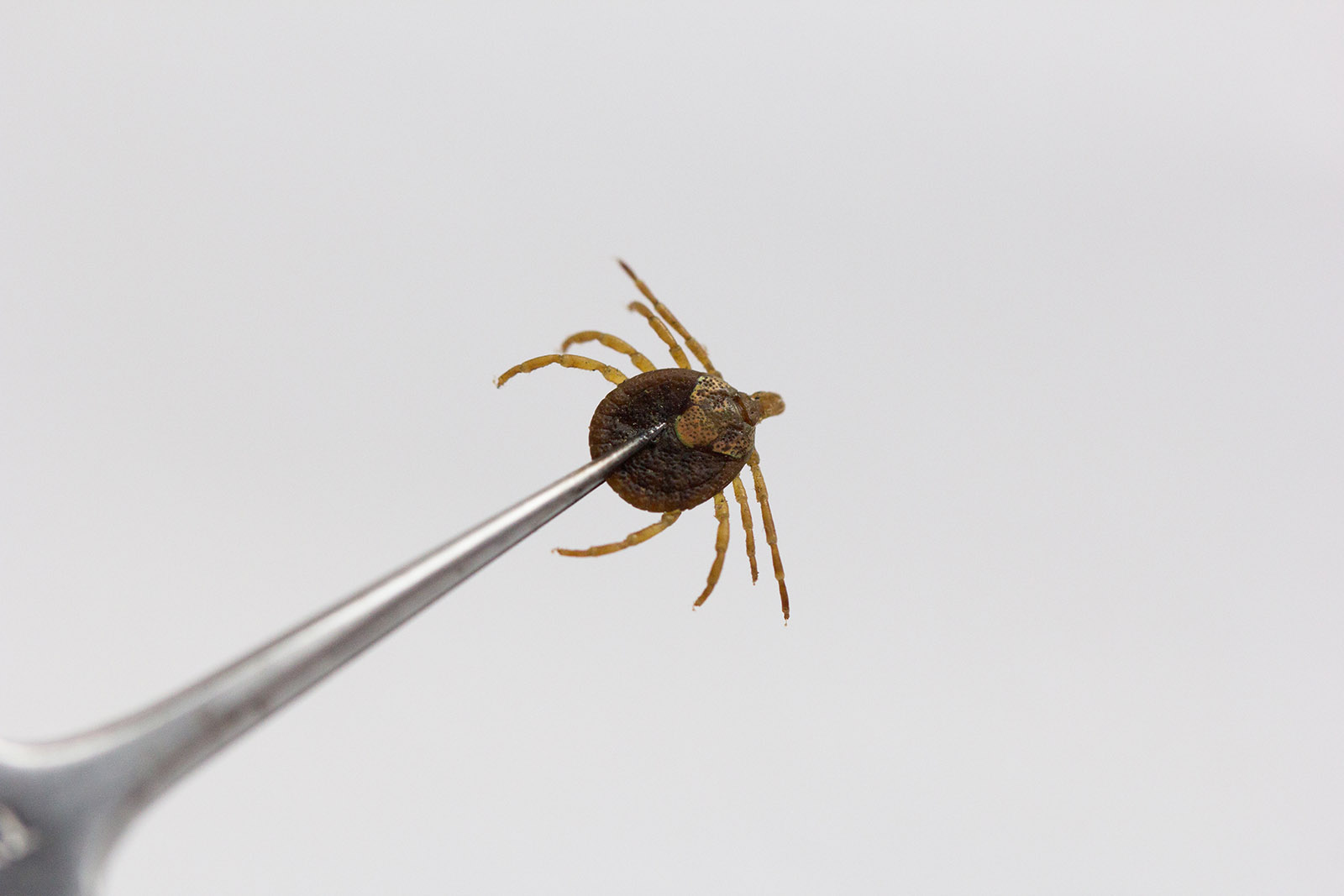
Ticks are a familiar foe in the Midwest, often hiding out in tall grass, wooded areas, leaf piles, and other similar environments. Tick bites are often harmless, but they are capable of causing allergic reactions or serious diseases in humans.
What do ticks look like?
One of the keys to prevention is to understand what a tick looks like. Deer ticks and wood ticks are the two most common in the Midwest. They are:
- Small
- Round
- Eight-legged
- Ranging from the size of a pinhead to the size of a pencil eraser
- Usually brownish in color
Where do ticks bite?
Ticks prefer warm, moist areas of the body, which makes armpits and the areas behind your knees prime real estate for a bite. Once they settle on a spot, they dig in and stay attached until you either notice and remove them or they become fully engorged and fall off – which usually takes up to 10 days.
How to remove a tick
To remove a tick:
- Grab it as close to your skin as possible and pull straight away.
- Do NOT twist as you pull.
- Inspect the bite to see if any part of the tick’s head or body remains. If so, remove those parts, as well.
- Once removed, clean the bite with soap and water.
Tick bite symptoms
Tick bites can cause swelling and a rash in common cases, and in more severe cases, diseases like Lyme Disease can take effect. These more severe symptoms include:
- Headache
- Nausea
- Fatigue
- Stiffness and achiness
- Fever
If bitten by a tick, you should seek medical attention to ensure the bite is nothing more serious than a common occurrence.
Venomous snakes in Wisconsin
There are two species of venomous snake in Wisconsin – the timber rattlesnake and the massasauga rattlesnake – both of which are quite rare. There has only been one documented rattlesnake-related death in Wisconsin since 1900, so they don’t pose a significant threat, but everyone should still be educated on how to recognize, act, and react around venomous snakes.
Are rattlesnakes aggressive?
Rattlesnakes are not typically aggressive and won’t attack in most cases unless disturbed or cornered. If you come across one, it’s best to leave it be and continue on your way.
The timber rattlesnake
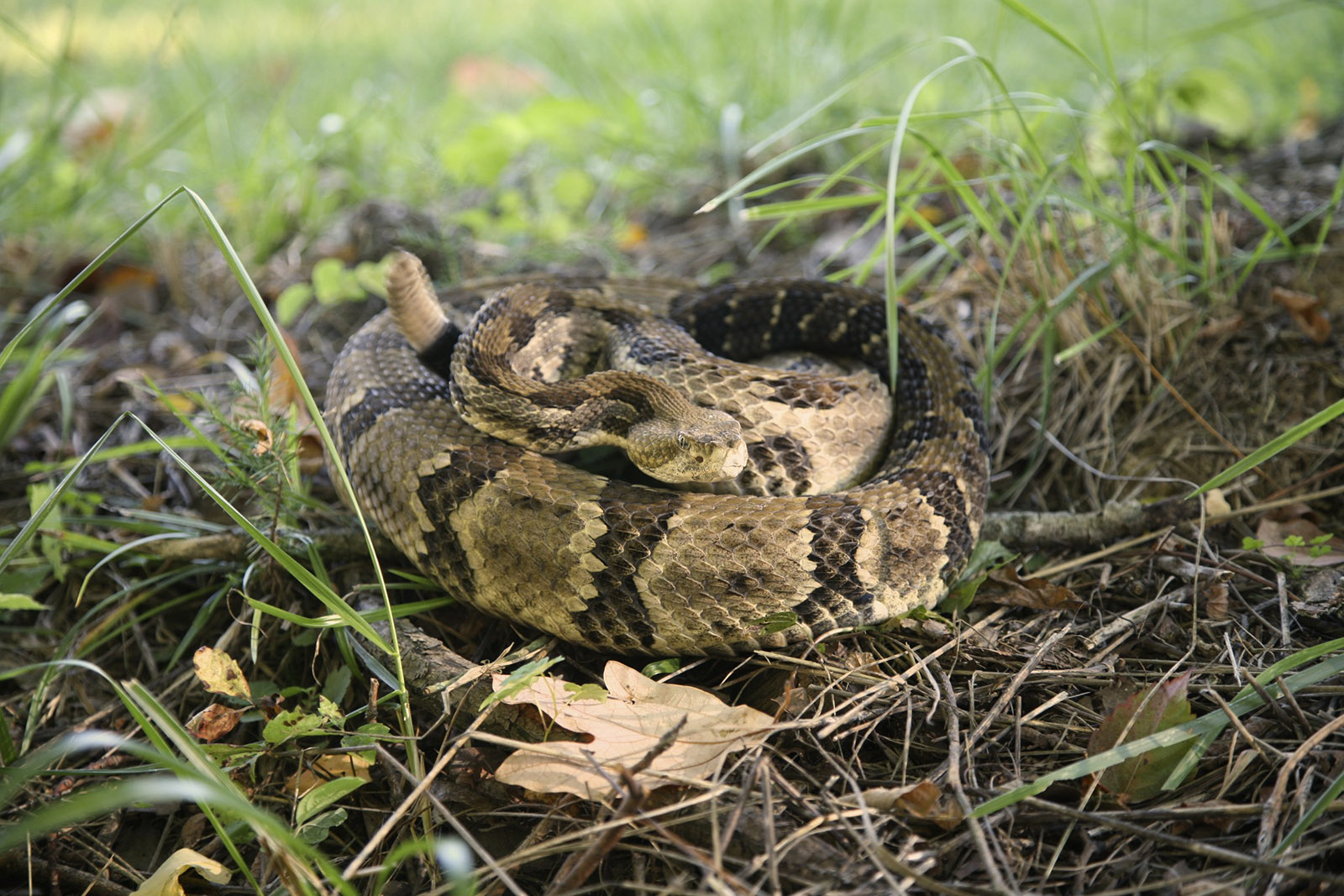
The timber rattlesnake is primarily found in southwestern Wisconsin and is characterized by dark rings around its brownish body. And, of course, by the rattle on its tail.
The timber rattler prefers deciduous forests but can also be found in fields and even in your backyard during the summer as it searches for a comfortable place to take in some sun. The timber rattlesnake is a protected wild species.
Massasauga Rattlesnake
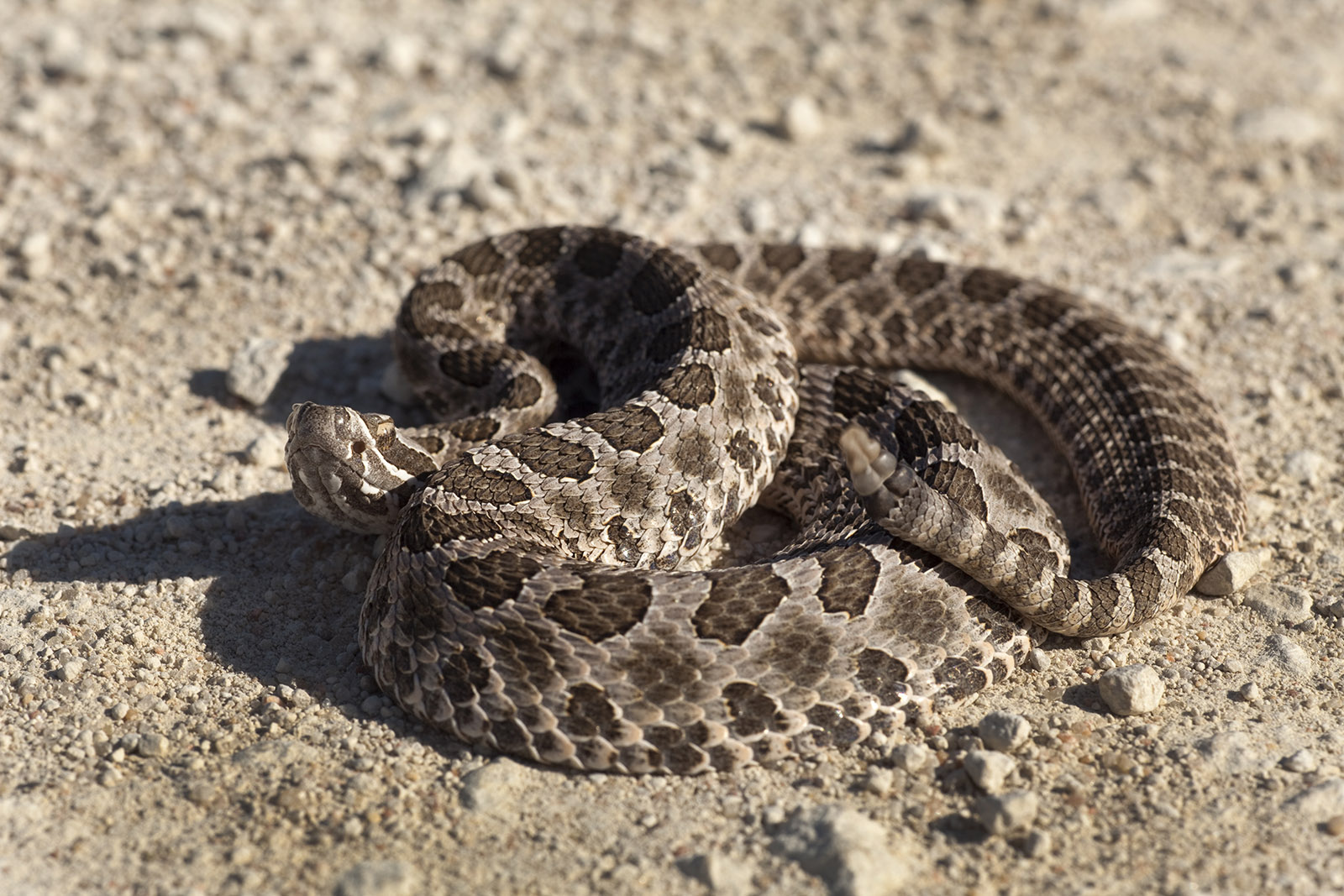
The massasauga is also primarily found in southwestern Wisconsin in lowland forests and wetlands, with its habitat being highly associated with floodplain areas along rivers and tributaries. The massasauga is medium-sized and characterized by brown or black spots offsetting a lighter brown or gray color on its skin. It is classified as endangered in the state of Wisconsin.
If you are bitten by a snake:
- Stay calm.
- Move away from the snake to avoid further bites.
- Remove any constrictions from the bite such as rings, bracelets, or watches.
- Wash the bite with soap and water.
- Immobilize the bitten area and keep it at a lower height than the heart to maintain blood flow.
- Seek immediate medical attention.
It’s important you do not apply ice, attempt to suck out the venom, or use any form of blood thinner like ibuprofen or aspirin following the bite. Seek medical attention ASAP.
Enjoy a summer of wellness with Western Wisconsin Health
Western Wisconsin Health offers a new kind of health care that is simple, natural, and holistic. We focus on overall wellbeing with the goal of improving the quality of life for all clients. Schedule an appointment today to improve your summer in mind, body, and spirit.
